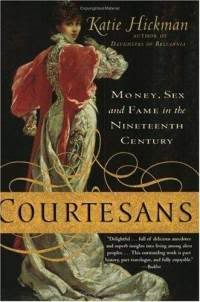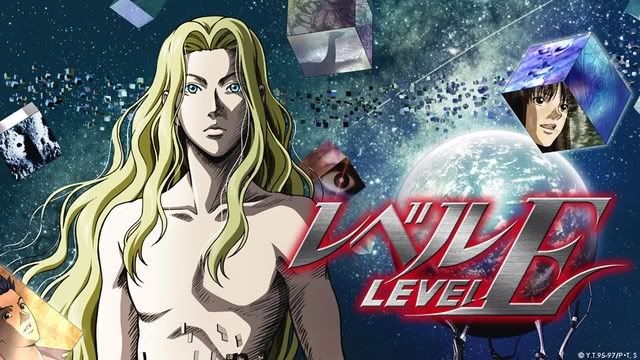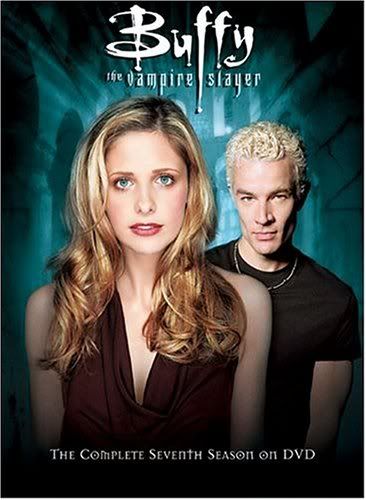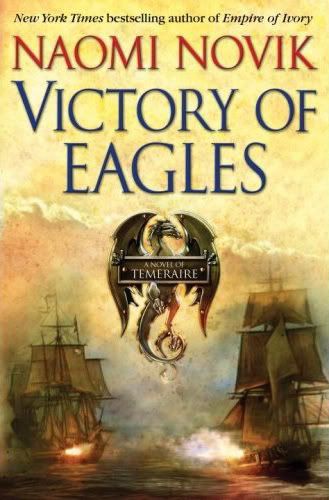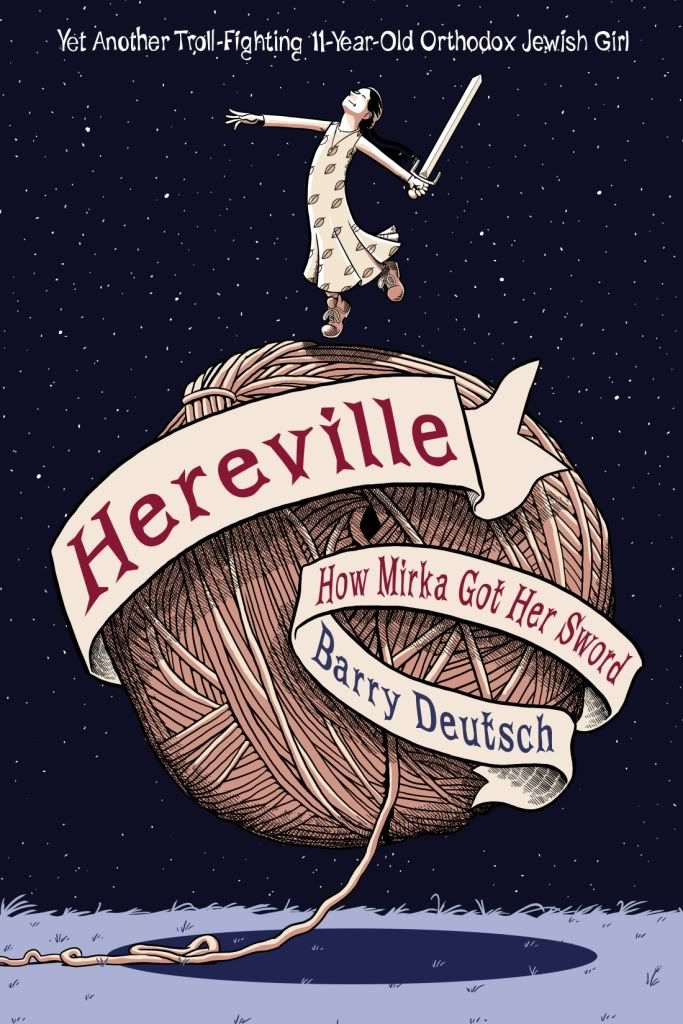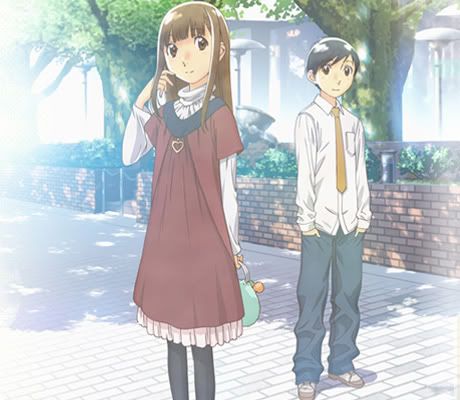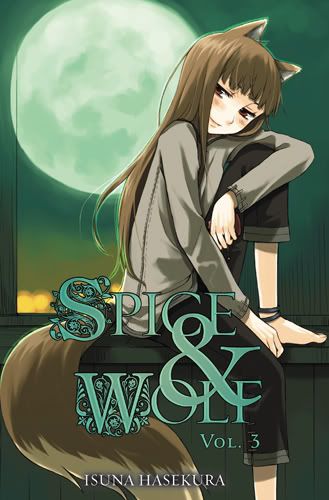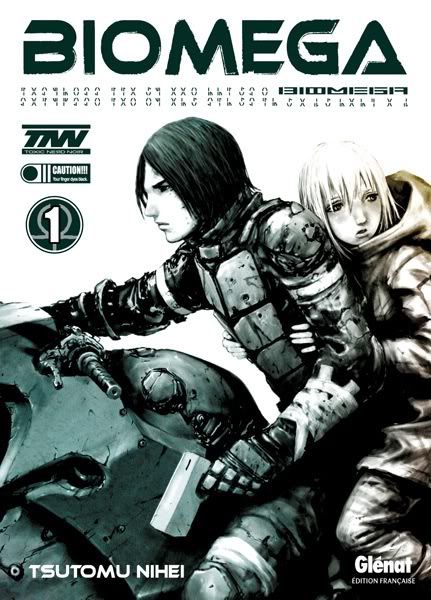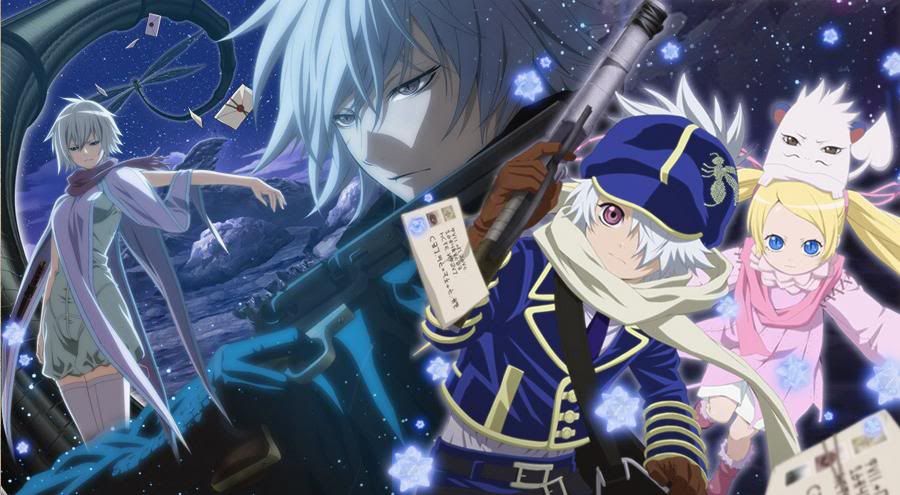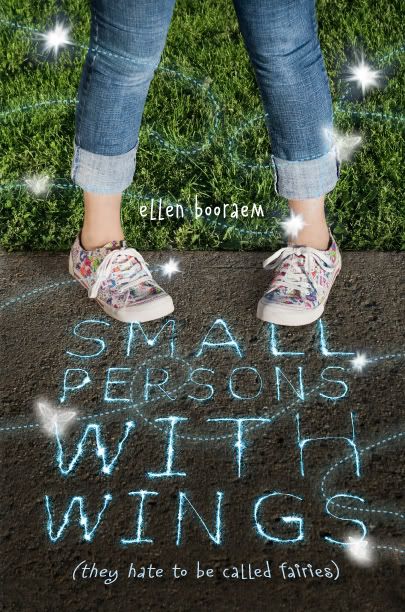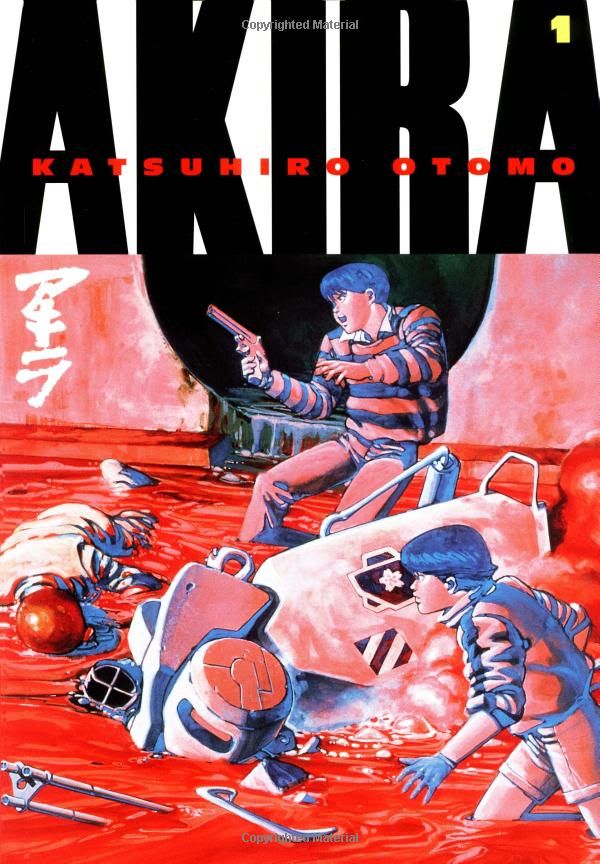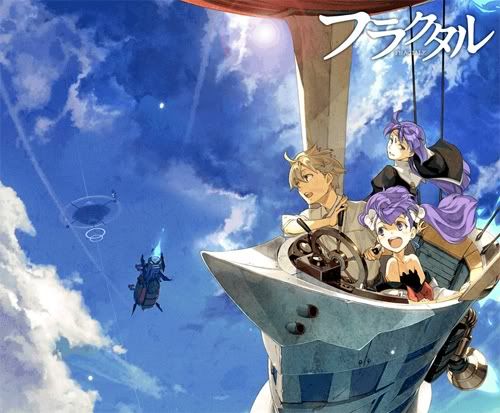And for something a bit different again, going to give my thoughts on all the new anime from this past spring season that I've tried (so, if anyone really wants to know what I'll be reviewing in three or six months, consider this a sneak peek). Since I tried out eight different series this spring I'm going to split this into two parts and I'll put the second part up tomorrow, once I write in anyway.
AnoHana (Ano Hi Mita Hana no Namae Boku-tachi wa Mada Shiranai. or We Still Do Not Know the Name of the Flower We Saw That Day.)
One of the two new noitaminA shows premiering this season, it's an anime original story about a group of friends who grew apart after one of them died when they were kids and are starting to reconnect almost ten years later. The reason they're starting to re-connect is because Jintan, originally the leader of the group and now a hikkimori, has started being visited by Menma (the girl who died) and is trying to grant her wish so she'll leave him alone again, although even Menma isn't sure what her wish is. It's a surprisingly touching show and, while it is paced fast (it's going to be only 11 episodes long so it has to move fast) everything feels like it's progressing at a natural pace, can't wait to see where it goes!
Sadly this one does not have a simulcast and makes it my one fansub of the season, I'd forgotten how annoying it is to wait around for fansubs too.
Blue Exorcist (Ao no Exorcist)
Taking over Star Driver's timeslot this is a shonen series based on the manga by the same name (now being published in the US by Viz) and so far I like it a bit. The premise is that Rin is the son of Satan (while his twin brother Yukio is not) and after the events of a second episode spoiler has sworn to kill Satan by becoming an exorcist. While teenage rebellion isn't a new thing in anime (or any media) this is a different take on it and Rin is a pretty likable protagonist. I'll confess that after the first episode I read ahead in the manga (I didn't mean to! It just sorta-kinda, well, happened!) so if the pacing stays consistent this should be a pretty fun ride.
Blue Exorcist is being simulcast by Aniplex and streaming on crunchyroll.com, hulu.com and animenewsnetwork.com not 100% sure what the restrictions are on it but everyone in the US and Canada should be able to see it. Also, I am torn between laughing or being embarrassed on behalf of the ending sequence (animation and song), keep an eye on the tv screens to see what I mean. [C]-CONTROL-The Money and Soul of Possibility
FYI, this is another title that has a lot of alternate spellings, I'm fond of calling it C(ontrol) myself but C-Control seems to be the most widely used one*. The other noitaminA show, also anime original, C deals with a Japan a little in the future where everything seems the same except for a mysterious alternate world called the Financial District where people engage in "deals" (battles) with other people's "assets" (anthropomorphic representation of their futures), putting their own futures on the line for riches. Kimimaro Yoga is a full time college student holding down two part time jobs who just wants a stable, normal government job and wouldn't like to be involved in any of this, no thank you, but he's our protagonist and like it or not he's got to continue in these deals now, and maybe he'll learn something about his family in the process.
C is being streamed for US and Canadian residents on Funimation's website (which, now that they changed their video player, let's Canadians watch the videos now) as well as on hulu and youtube. I think that it's also being streamed on ANN for Australia or the UK but I'm not positive.
Deadman Wonderland
It used to be that when people in the US thought of "anime" they thought of much darker and gritter cartoons than produced in the US and Deadman would certainly fit that description. Within the first episode our main character Ganta has watched all his classmates be brutally murdered in front of him, been convicted with the murder of them due to some faked footage of him confessing, sent to the only private prison/amusement park in Japan (Deadman Wonderland) which makes all the prisoners put on shows for the customers in order to raise money to re-build Tokyo. Oh, and some of the people there want to kill Ganta before his execution date, if the poison seeping out of his (and everyone else's) collars doesn't kill him first, is that enough action for you yet? I'm a little worried since fans of the manga say that there is no way you can tell the story properly in just 13 episodes and there's a rumor that the series is only planned to be 13 episodes, as long as the story has enough episodes we should be fun.
This one is streaming on crunchyroll.com I can't seem to find out what regions at this time, and it's streaming on Anime on Demand for anyone in the UK. Final note, this one has my favorite opening song of the series so far, the Engrish was so good I had to double check to make sure they hadn't gotten an English speaking band instead.
Whew, wrote up most of that between exams (gah, I hate double exam Saturdays) and I'll get the other four reviews up tomorrow sometime. Don't have much else to say (except that I have discovered an amusing number of similarities between Blue Exorcist and The Demon's Lexicon^) so see you then!
*actually, when it was first announced it was just announced as "C" prompting a joke or two that AnoHana stole it's other letters.
^No seriously, in both series we have a set of brothers, one of whom is actually a demon (Rin and Nick) and the other brother (Yukio and Alan) has A) known about this for years and B) is desperate to keep them safe. Add in the fact that both demon's use swords (although sadly Rin does not keep his under a leaky sink in the bathroom) and both of the other brothers use guns, plus even their "allies" would rather use the pairs than help them. So it's not surprising that my mind made that jump, although I am sad that Mae and Jamie (from The Demon's Lexicon) don't have Blue Exorcist compatriots as well, stories need more pink-haired, totally normal yet still awesome girls/boys and more witty gay boys/girls!
